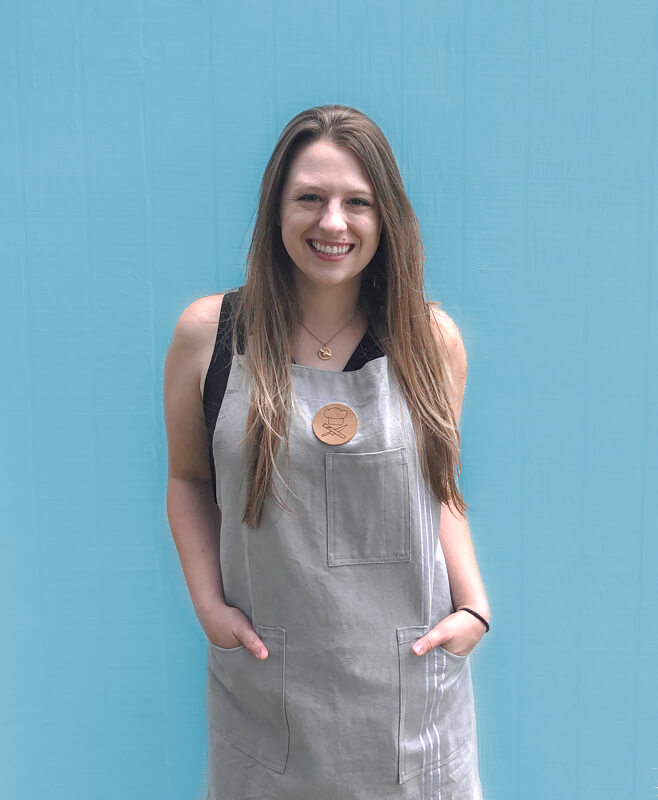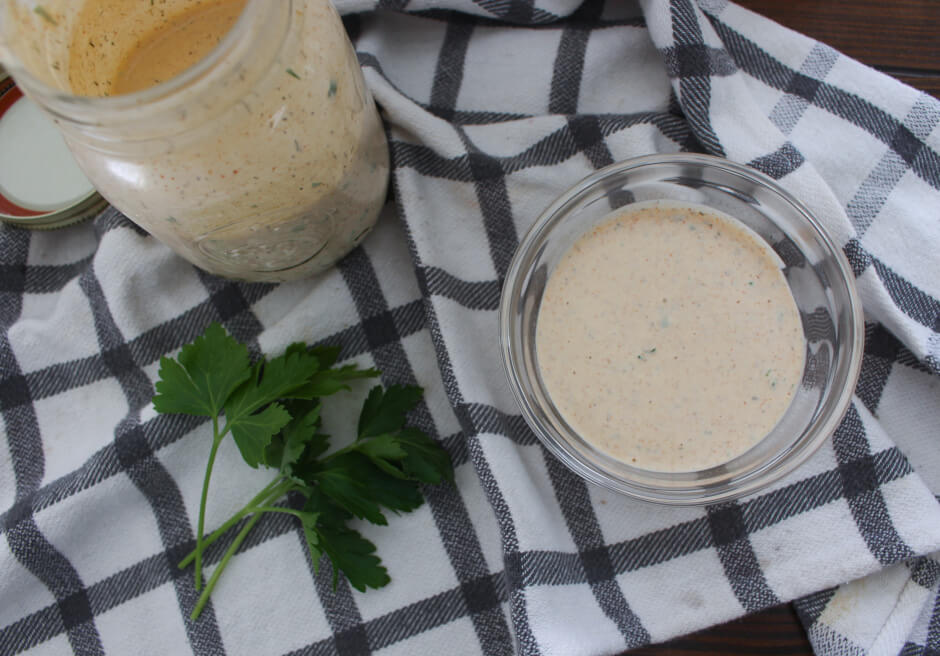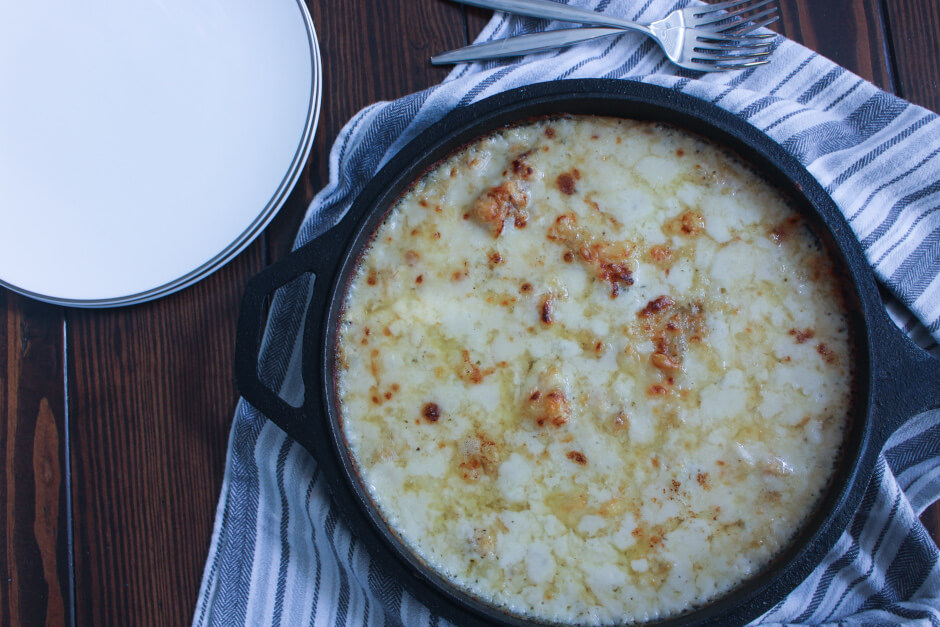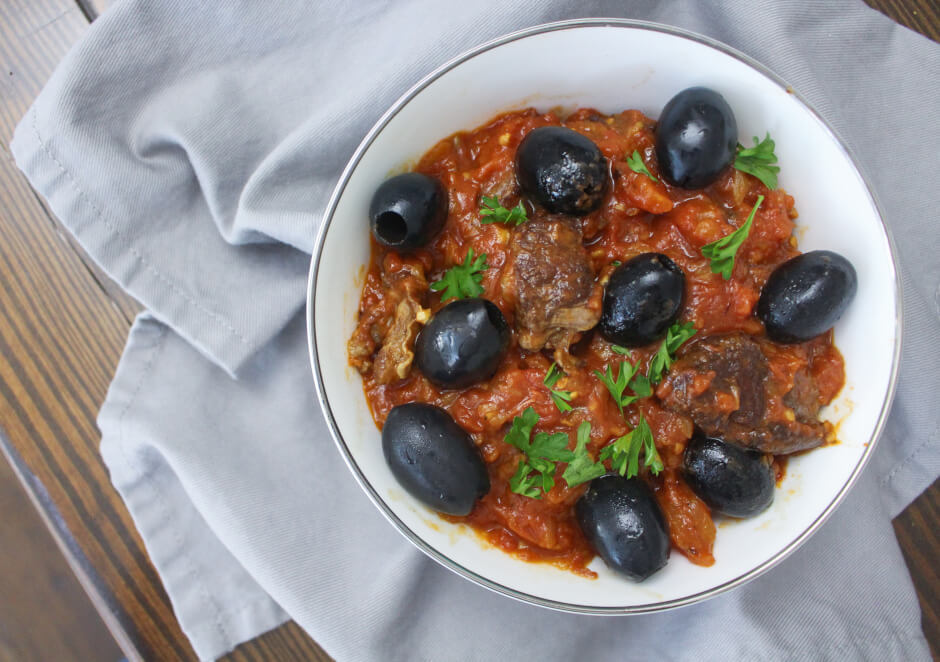Baking School | Day 1- Eggs
January 15, 2021

Hi! Welcome to Day 1 of Baking School. I found this great free online baking school hosted by thekitchn.com. You can find the link for it here.There's 20 different lessons all covering the basics of baking from learning about eggs to decorating a cake to making a souffle. Each day has a lesson and then homework assignments. I'm so excited to learn all of these things so I can start to become more comfortable in the kitchen when it comes to baking. I'll be going at my own pace, but feel free to follow along. We can chat about what we learned and questions we may have with each other. Let's get started!
The first day of baking school is all about eggs. Find the lesson here. When it comes to baking, there's so much more to an egg than its shell color. First, the size of the egg is important. As you probably already know, baking can be tedious. One wrong measurement of one ingredient can cause the whole final product to come out wrong. Most recipes want you to use large chicken eggs. A large chicken egg is about 2 ounces total. This provides about 1.625 ounces of yolk and white. Recipes that ask for call for a specific amount of eggs in ounces probably does so for a reason. I've noticed recipes for macarons do this. Instead of cracking a certain amount of eggs into the batter, you must weigh it out. You can find the weight of all the sizes of eggs on thekitchen's site.
There's two very obvious components of an egg: yolk and white. The yolk is anchored to the white and the shell by something called chalaza. This is the white string you see when you crack an egg open.
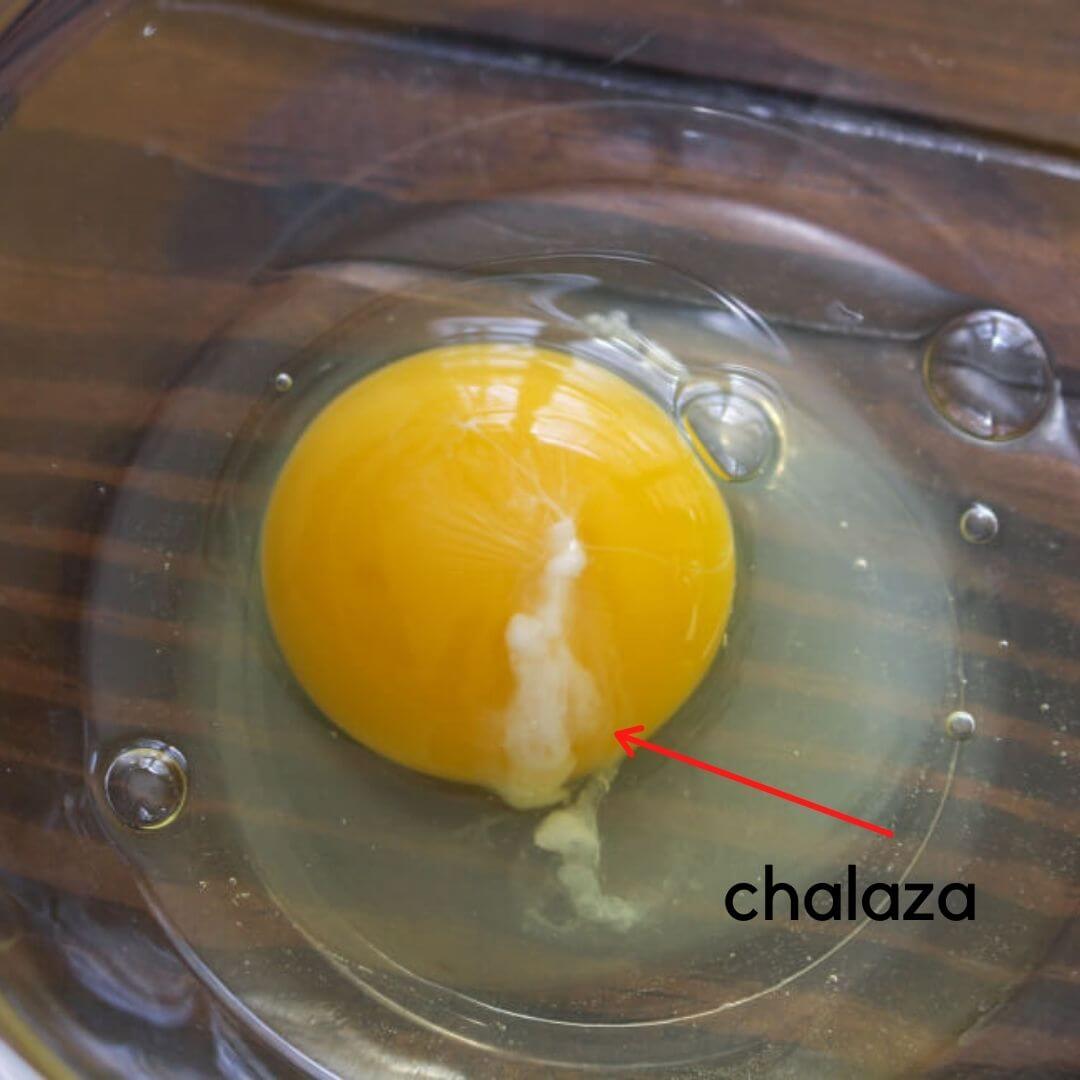
The yolk is fat which gives flavor and a velvety texture to the baked goods. It helps form an emulsion which means your batter is less likely to separate. When yolks are heated, the proteins unfold and they begin to gel. If you apply too much heat, you will end up with curdled eggs. But if you warm the yolks over low heat, you will enhance the thickening abilities of the yolk. This reminds me of when I made Julia Child's Scrambled Eggs. They are creamy and are made by stirring constantly over low heat until they turn into a custard. Yum! Part of the homework was slowly cooking an egg yolk until it coagulates. I kept cooking even after coagulation, and this is what the end product looked like!
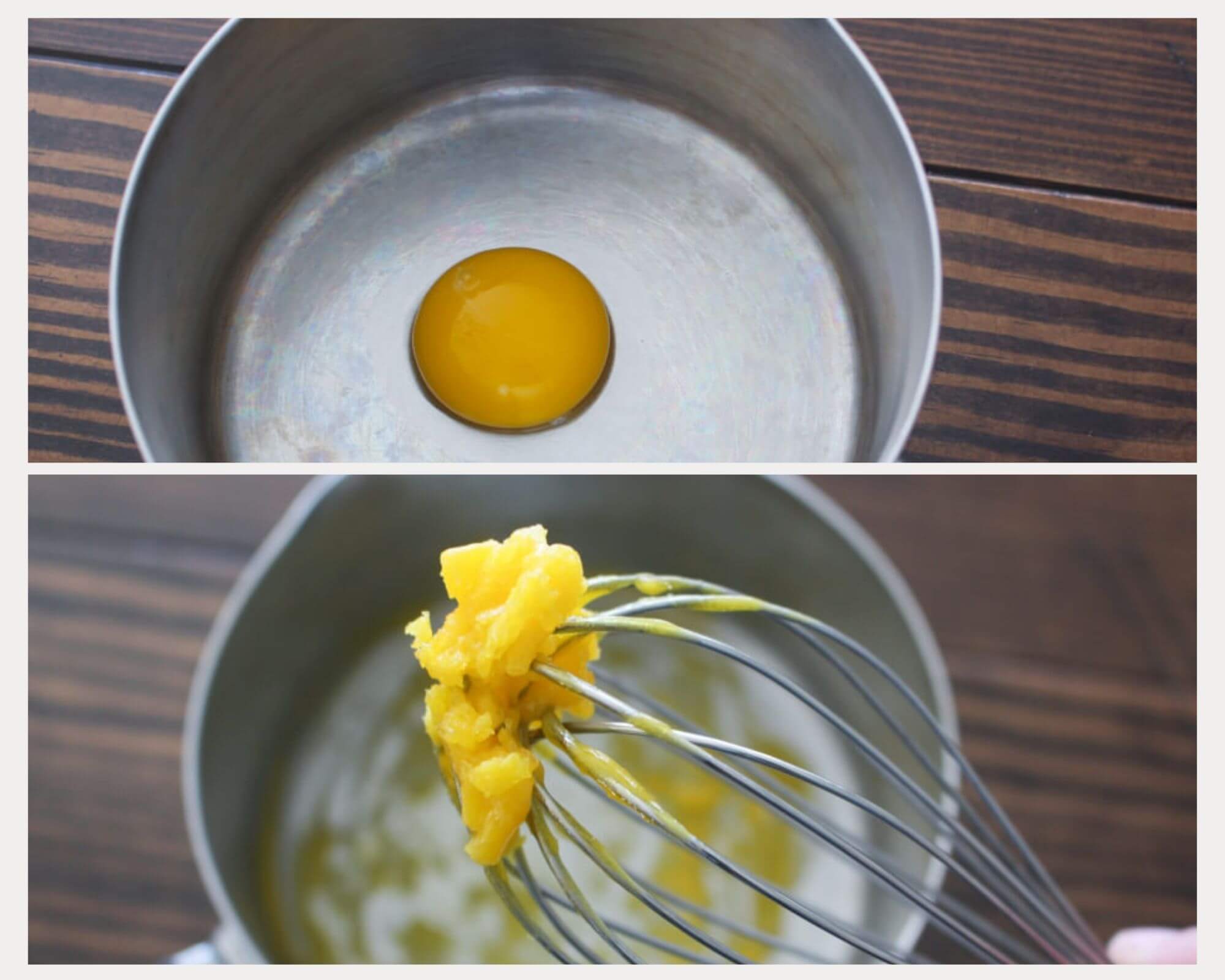
Whipping the egg whites gives you foam. Because I'm working my way through Julia Child's Mastering the Art of French Cooking, I have whipped a lot of egg whites in the past couple of years. The first time I whipped the egg whites, I was so surprised at how much volume one little egg white could get! Whipped egg whites act as a natural leavening agent because the heat from the oven causes the air trapped in the foam to expand which causes a rise. If you add sugar to the egg whites, they become more stable. However, I learned the hard way that you can indeed over-whip. The foam will become grainy and clumpy. Not appetizing! You also do not want to add too many whipped egg whites to your dessert because it could become dry. Below you will see the progression of whipping. The first picture was taken after whipping a few seconds. The second, after a few minutes. The following two pictures show the achievement of getting a peak while the last picture shows the clumpy overbeaten egg white.
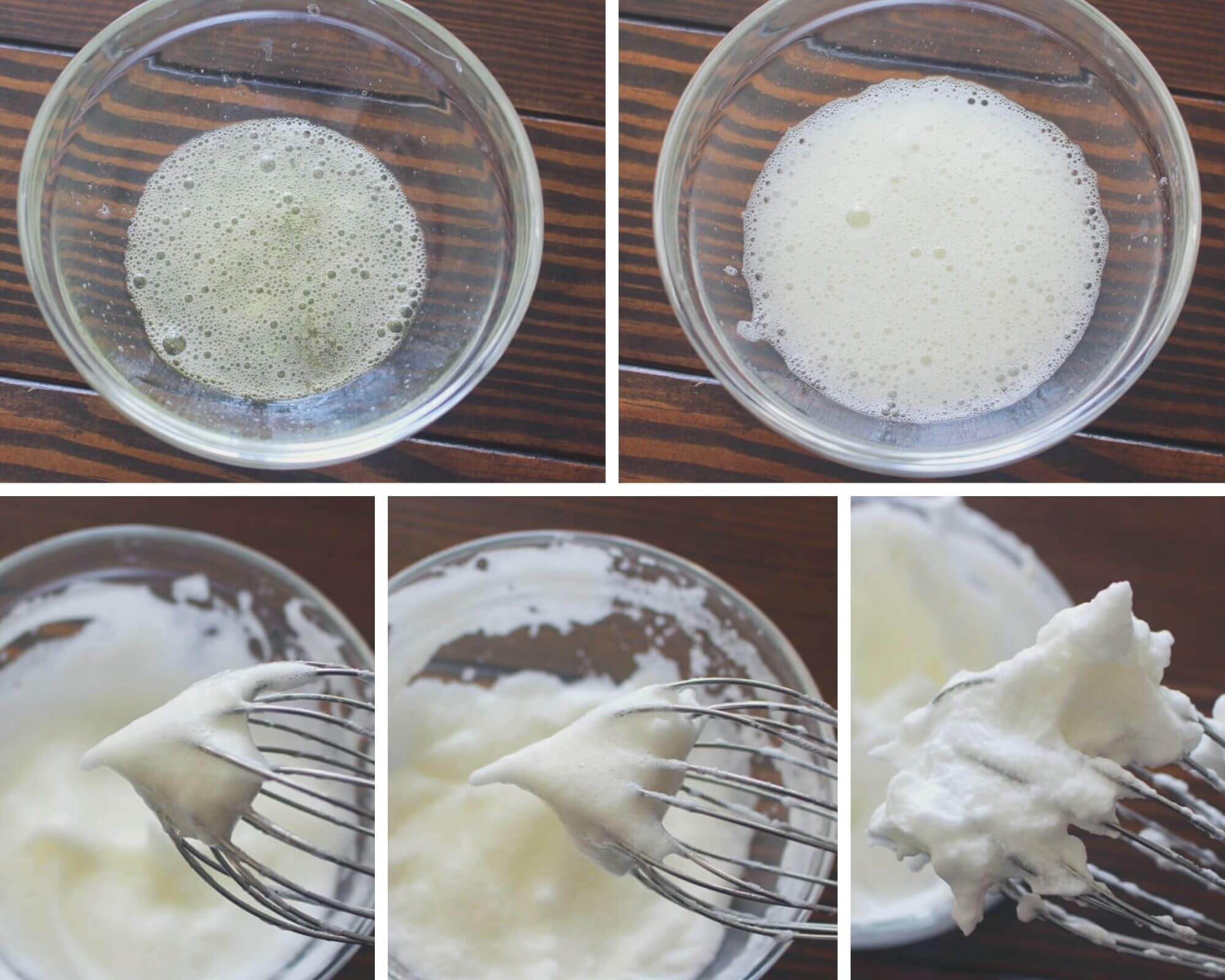
There are also desserts that call for the whole egg because it can act as a good binding agent. When heated, it will provide structural support, moisture, and flavor to your dessert. Something really neat is chiffon cakes and souffles because they use both the egg yolk and egg white but at different times!
Here are some more fun egg facts. Eggs coagulate at 140 degrees Fahrenheit. If eggs are cooked too long, they will curdle which leads to grainy custards and rubbery cakes. I have also noticed so many baking recipes call for room temperature eggs. When the eggs are allowed to come to room temperature, they will bind and emulisfy better. The egg whites will whip better too.
One of the homework assignments was cracking an egg with one hand. I did it on the first try, but, I'll be honest, I've practiced this a couple (or couple of hundred) of times. The key is to move fast and don't overthink it!
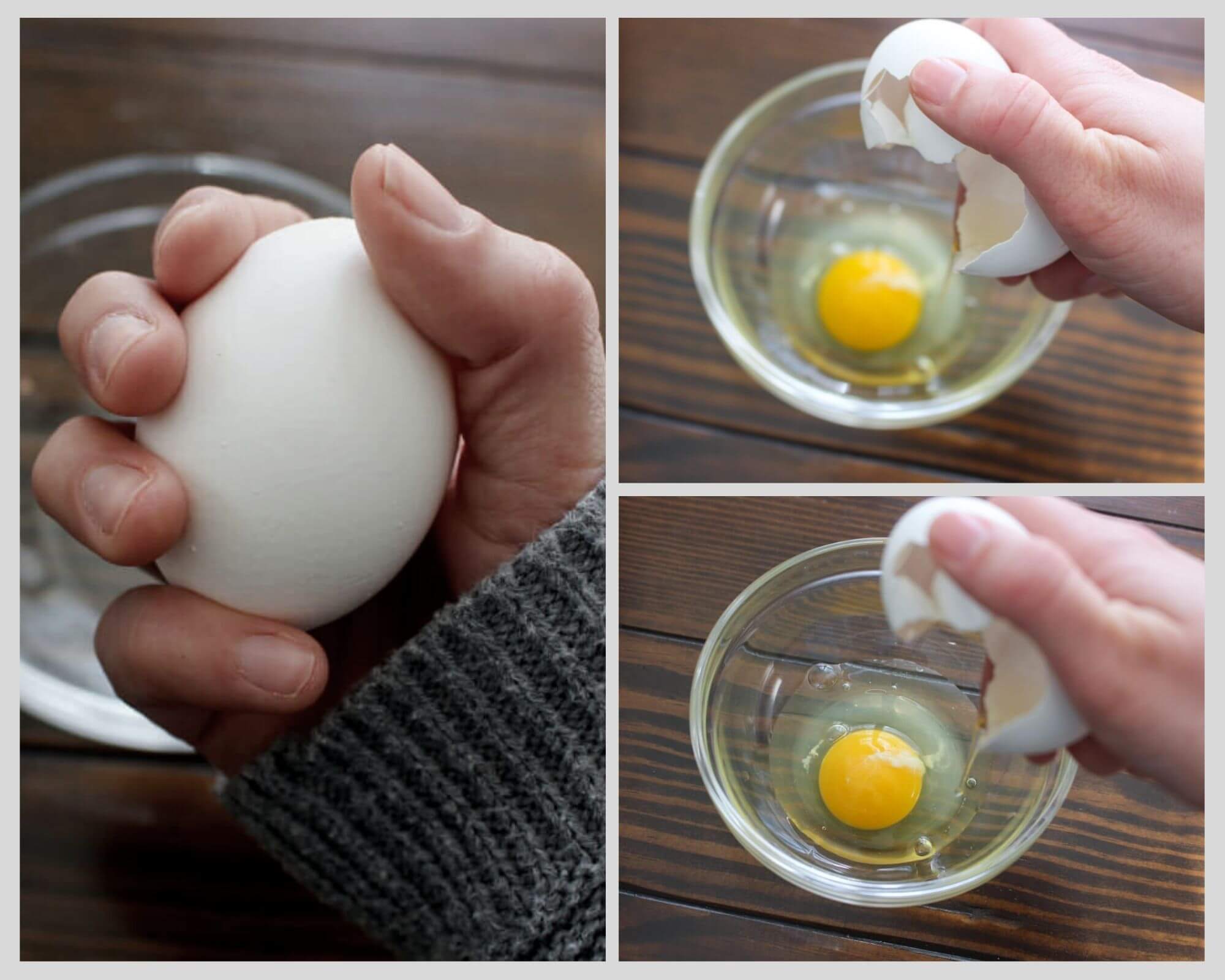
I learned so much about eggs today, and you can too by checking out thekitchen by clicking here. Definitely let me know if you complete day one's assignments and how they went for you. Next time, I'll be tackling Pâte à Choux!
Bon appétit!
January 15, 2021 by Laura Ehlers

